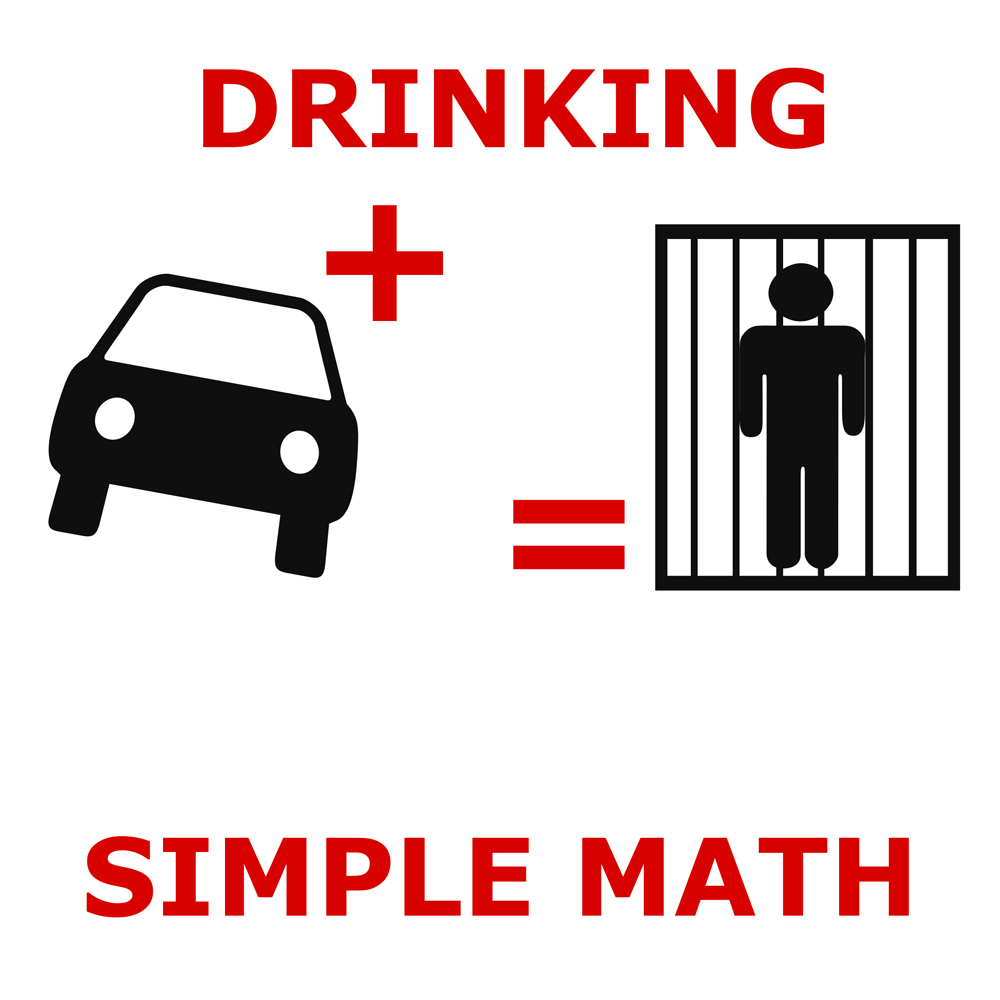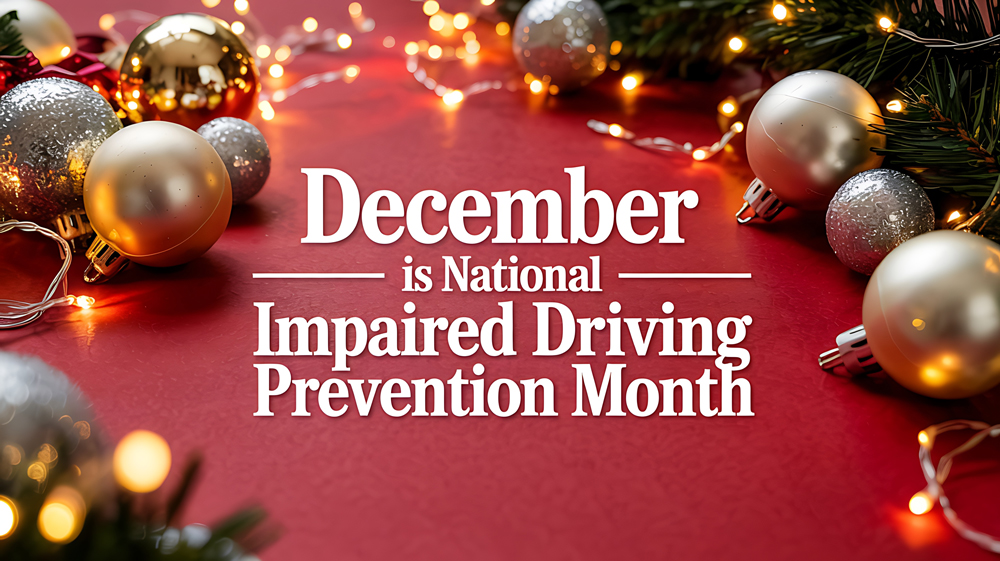At Pickrel, Schaeffer & Ebeling, we receive many calls regarding deeds. They range from:
- The legal description is incorrect
- Release of dower
- How the title to the property is listed on the deed
Of the items above, the most common is how the title is listed on a deed; unfortunately, it is generally not discovered until after the person named on the deed has passed. At this point, fixing the problem may require opening a probate estate. Contrary to popular belief, a deed titled “John and Jane Doe, husband and wife” does not mean if John dies first, his interest passes to Jane. It means that John and Jane hold the property as “tenants in common” such that if John dies before Jane, his interest stays in his name until transferred (typically through probate) to his heirs. Even a deed title to “John and Jane Doe as joint tenants” does not mean one party’s interest automatically transfers to the other joint tenant upon the death of the first. Older deeds may title property to the husband and wife as “tenancy by the entireties.” Depending on the date of the deed, this type of ownership may also be a tenant in common ownership.
Finding out you do not own a full interest in your property is not something you want to learn for the first time just before closing on the sale or refinancing of the property.
Check your deed now to ensure it is what you intended. Also, check your parent’s deeds so you do not have to deal with an unexpected situation after it’s too late. In some situations, the parties may want or need to take corrective action. If you have questions regarding your deed, contact Jerry McDonald at gmcdonald@pselaw.com or 937.223.1130.













